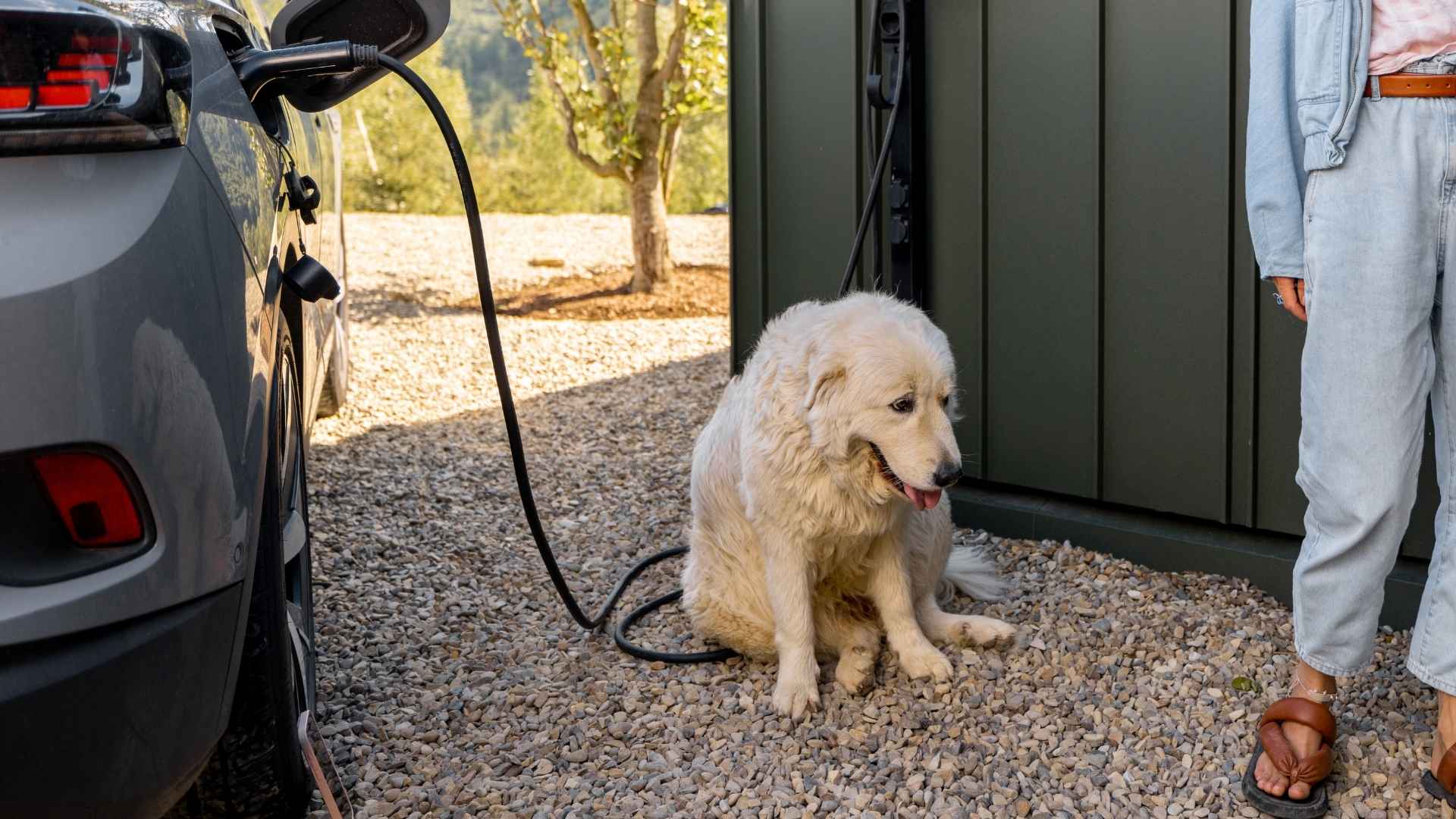Dogs have long been trusted guardians of homes and property, their instincts finely tuned to protect spaces that matter to their families. One lesser-known but important area dogs often guard instinctively is the open car door within a garage.
Whether the garage door is left open briefly or for extended periods, certain dog breeds naturally position themselves near open vehicles, alert to potential intrusions or suspicious activities. This behavior stems from innate protective instincts, heightened vigilance, and a strong sense of territorial responsibility.
The following seven breeds consistently demonstrate natural abilities and eagerness to protect open car doors in garages, ensuring their owners’ belongings and personal spaces remain secure.
Each breed’s unique protective traits, temperament, and history offer valuable insights into this specific type of canine guardianship.
Dog Breeds That Protect Open Car Doors In Garages
1. German Shepherd
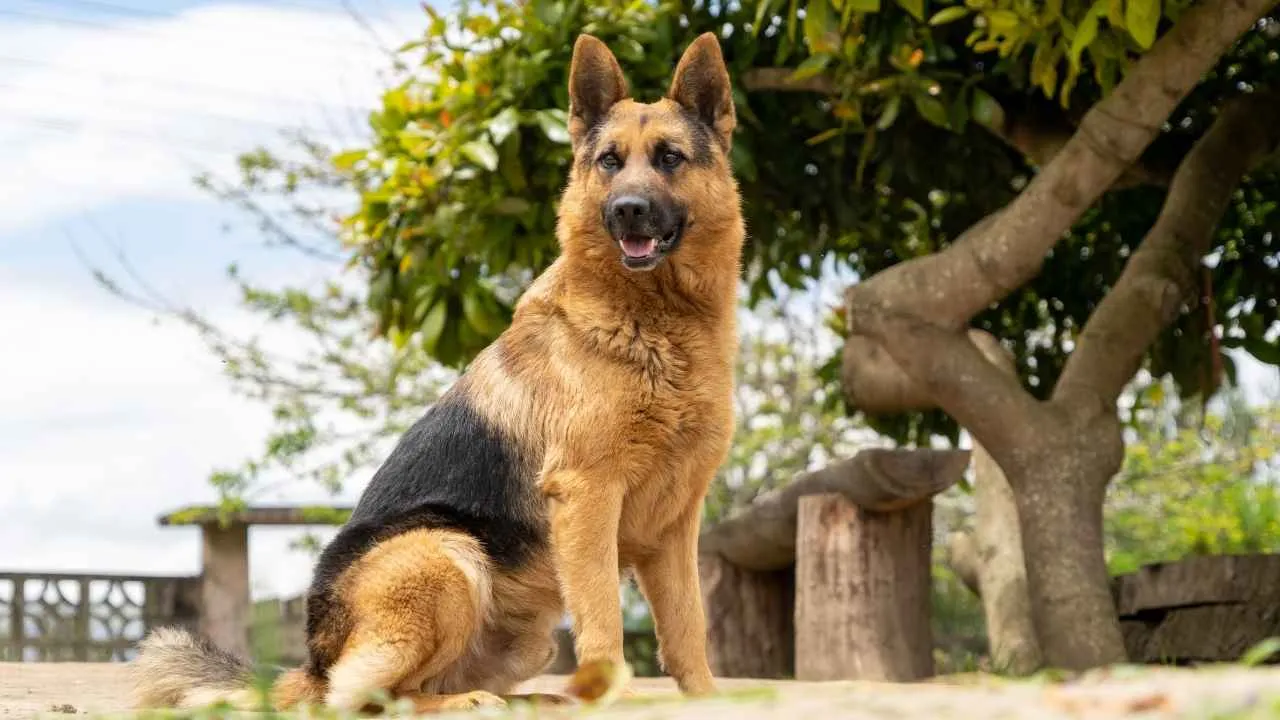
German Shepherds were originally bred to herd sheep in Germany, a job requiring vigilance, intelligence, and swift decision-making. Their strong territorial instinct translates seamlessly into guarding open car doors or any potentially vulnerable areas on family property. They quickly detect unfamiliar scents or movements, positioning themselves naturally to monitor potential threats.
Highly trainable and eager to learn, German Shepherds excel in obedience and protection training. Engaging them consistently in structured activities, such as agility or advanced obedience routines, keeps their minds sharp and their protective instincts balanced.
Their thick, double-layered coats require regular maintenance, especially during seasonal shedding periods. Weekly brushing, combined with occasional baths, helps manage shedding and promotes overall skin health.
Known for forming close bonds with their families, German Shepherds thrive in homes where they receive consistent interaction and clear leadership. Early socialization enables them to confidently distinguish between normal visitors and genuine threats.
Daily physical exercise is crucial for their emotional balance. Activities like running, hiking, or playing fetch help channel their abundant energy and prevent boredom-induced behavior such as excessive barking or chewing.
Quick tip
Socialize early to encourage stable protective behaviors.
Maintain a regular grooming schedule to manage heavy seasonal shedding.
Include structured mental activities in their daily routine.
2. Boxer
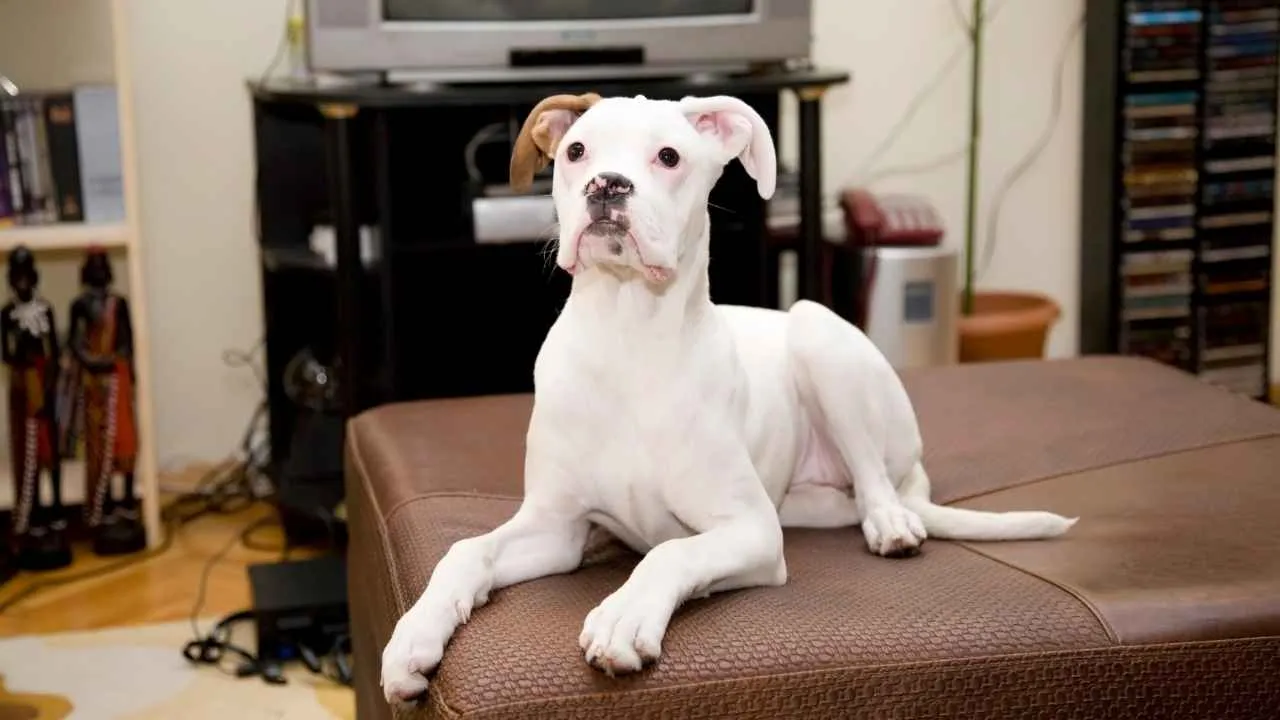
Originating in Germany as guard dogs and military messengers, Boxers instinctively take charge of security in their environments. Their vigilant nature often draws them toward open car doors or other exposed areas, where they instinctively stand watch. Boxers have the natural confidence and alertness necessary for guarding without unnecessary aggression.
Hill’s Pet states that they are energetic and athletic. Boxers thrive on regular physical exercise such as brisk walks, running, or active play sessions. Daily activity helps to prevent restlessness or anxiety-driven behaviors, enhancing their natural guarding capabilities.
Their grooming needs are minimal, with short, smooth coats that require only weekly brushing and occasional baths. Regular ear checks and dental hygiene are essential to maintain their overall health, particularly given their active lifestyle.
Boxers exhibit a playful, affectionate temperament, particularly with children and familiar visitors. However, early socialization and consistent obedience training are crucial in teaching them appropriate responses to unfamiliar situations.
Intelligent and eager to please, Boxers respond well to structured training that reinforces their natural guarding behaviors responsibly. Owners who establish clear routines and boundaries can effectively manage this breed’s protective instincts around vehicles or other valuables.
Quick tip
Engage Boxers in active play daily to reduce excess energy.
Maintain consistent training routines to encourage controlled guarding.
Check ears regularly to avoid moisture-related infections.
3. Staffordshire Bull Terrier
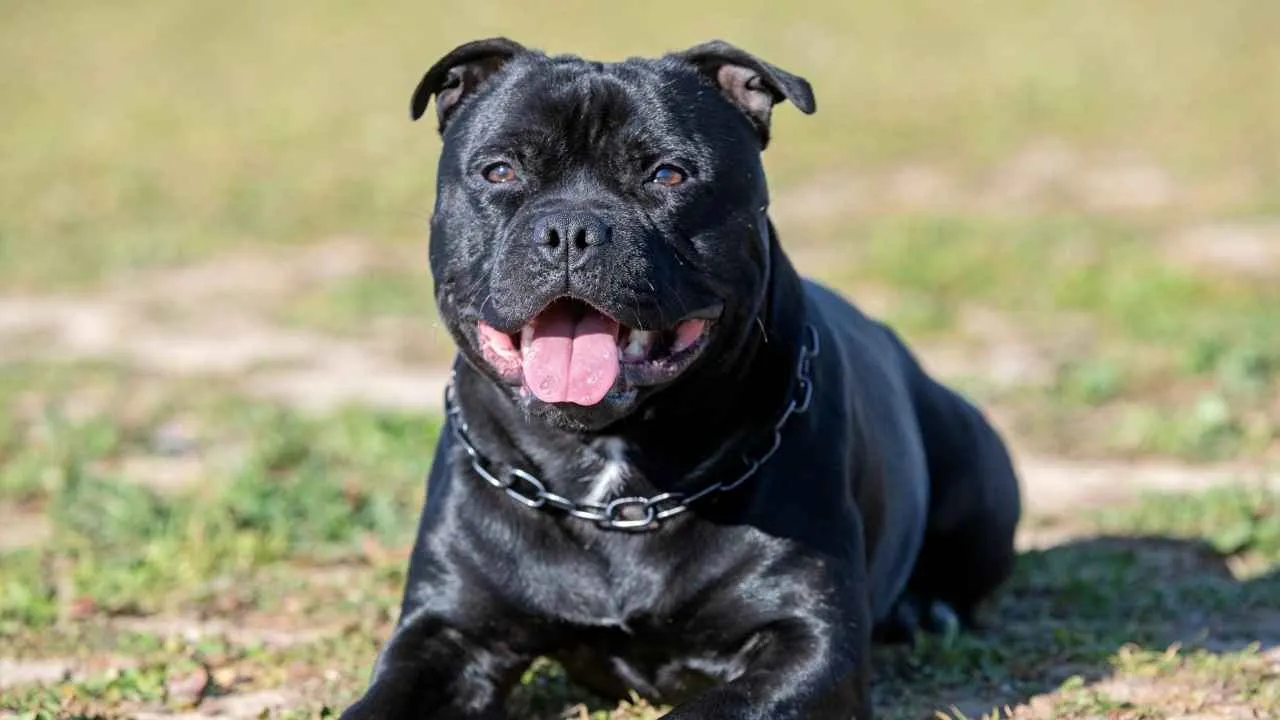
Staffordshire Bull Terriers originated in Britain, gaining recognition for their courage, loyalty, and affectionate temperament with families. They instinctively display alertness around open garages or vehicle doors, quickly noticing unusual movements or unfamiliar individuals nearby. This natural watchfulness makes them reliable guardians of property without aggressive tendencies.
Known for their intelligence and adaptability, Staffies respond well to consistent, positive reinforcement-based training. Early and clear guidance is particularly important in managing their territorial instincts and encouraging proper responses to unfamiliar visitors.
Staffies have short, low-maintenance coats that require only occasional brushing to remove loose hair and dirt. Attention to dental hygiene is important, as this breed can be prone to dental issues.
Despite their muscular build, Staffordshire Bull Terriers are affectionate companions who thrive on human interaction. They typically form close relationships with children, exhibiting patience and gentleness that contrasts with their tough appearance.
Regular physical activity, including moderate walks and playful interactions, is vital to maintain their health and balanced temperament. This routine exercise helps prevent boredom or anxiety that can lead to unnecessary protective behaviors or excessive vocalization.
Quick tip
Establish firm yet gentle training from puppyhood.
Schedule regular dental checks to ensure oral health.
Provide daily moderate exercise to maintain emotional stability.
4. Bullmastiff
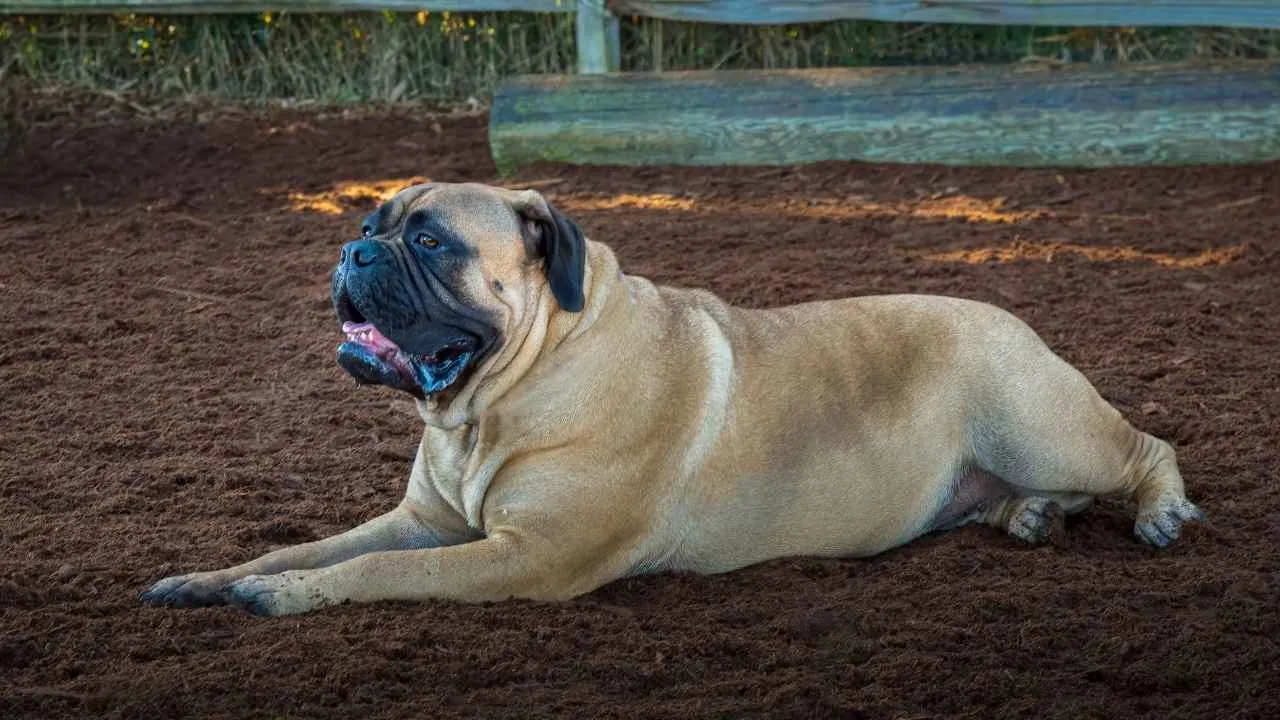
Bullmastiffs originated in 19th-century England, bred specifically to protect estates against intruders. These dogs instinctively guard open spaces, such as garages or driveways, often positioning themselves near open car doors to silently monitor their surroundings. Their size and muscular appearance alone frequently deter unwanted visitors.
Known for a calm yet assertive temperament, Bullmastiffs typically assess threats carefully before reacting. They prefer to quietly observe rather than bark excessively, using their presence effectively to discourage potential intruders. Early training and socialization help Bullmastiffs confidently handle new situations and distinguish genuine threats from routine activities.
As per WebMD, Bullmastiffs require moderate exercise daily, such as steady walks or controlled play sessions, to maintain good health without overstressing their joints. Physical activities should remain moderate, as they can overheat or become fatigued easily due to their size.
Regular grooming needs for Bullmastiffs are minimal, as their short, dense coats require only weekly brushing to remove loose hair and maintain skin health. Facial wrinkles and ears, however, need frequent cleaning to prevent infections or skin irritation.
Bullmastiffs develop strong bonds with their families, displaying loyalty and patience, particularly with children. Their natural protective instinct, combined with a gentle demeanor, makes them highly effective and trustworthy family guardians.
Quick tip
Train using gentle but firm guidance to enhance balanced protection.
Avoid excessive physical exertion to protect their joint health.
Regularly clean facial folds and ears to prevent infections.
5. Belgian Malinois
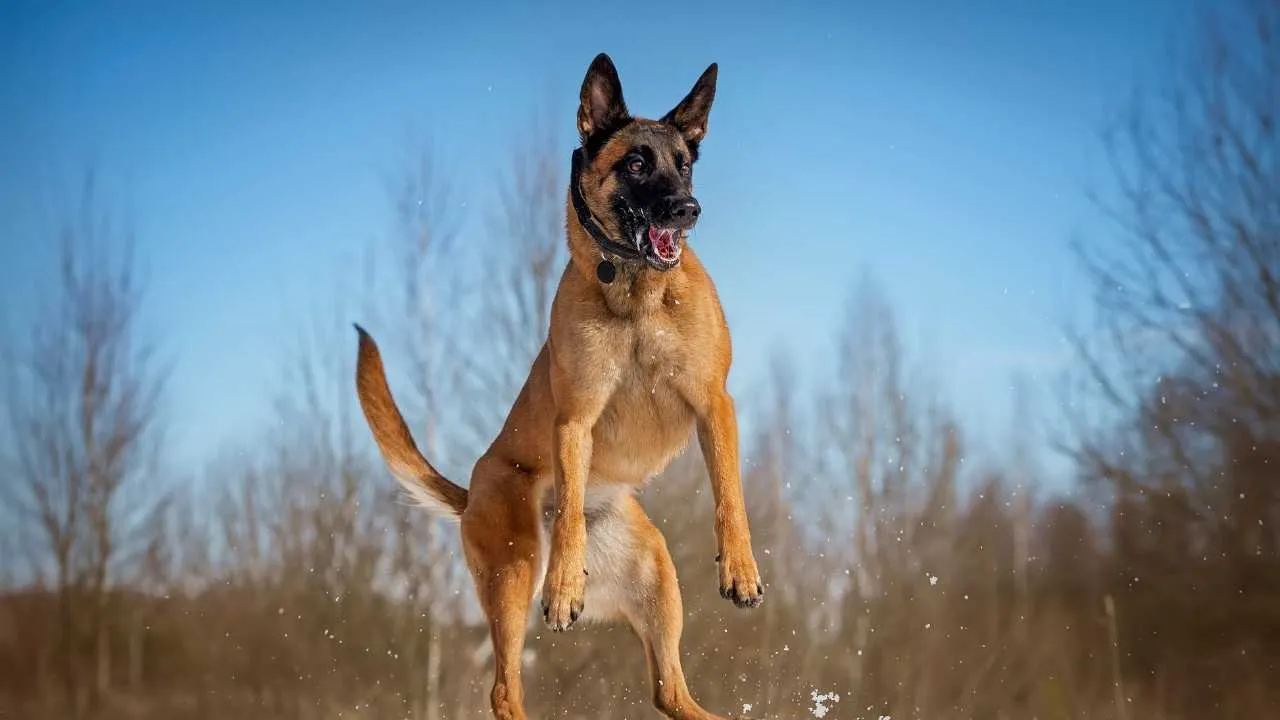
The Belgian Malinois originated in Belgium as a versatile working dog, prized globally by police and military for their exceptional protection abilities. Their natural alertness makes them highly responsive around open car doors, instinctively detecting unusual movements and quickly assessing potential risks. Agile and swift, Malinois can swiftly cover areas around garages or open vehicles if threats arise.
Highly intelligent and intensely driven, Belgian Malinois require continuous mental stimulation and structured tasks. Regular training in obedience, agility, or scent detection effectively channels their energy, preventing boredom-related behavioral issues.
Physically, Malinois demand significant daily exercise, ideally vigorous activities such as running, fetch, or interactive training sessions. Their athletic build and high stamina make structured exercises essential to maintain their well-being and manage their intense energy levels.
Grooming for Malinois is relatively straightforward, with their short, weather-resistant coats needing weekly brushing to control shedding. Routine checks of their teeth and ears support long-term health, given their active lifestyles.
Malinois thrive on close bonds with handlers or family members, becoming highly attentive and protective of their human companions. Proper early socialization ensures they distinguish clearly between everyday interactions and genuinely suspicious activities around home spaces.
Quick tip
Engage them daily with intense physical and mental exercises.
Early structured training prevents excessive reactive behavior.
Regular dental and ear care maintains overall health.
6. Doberman Pinscher
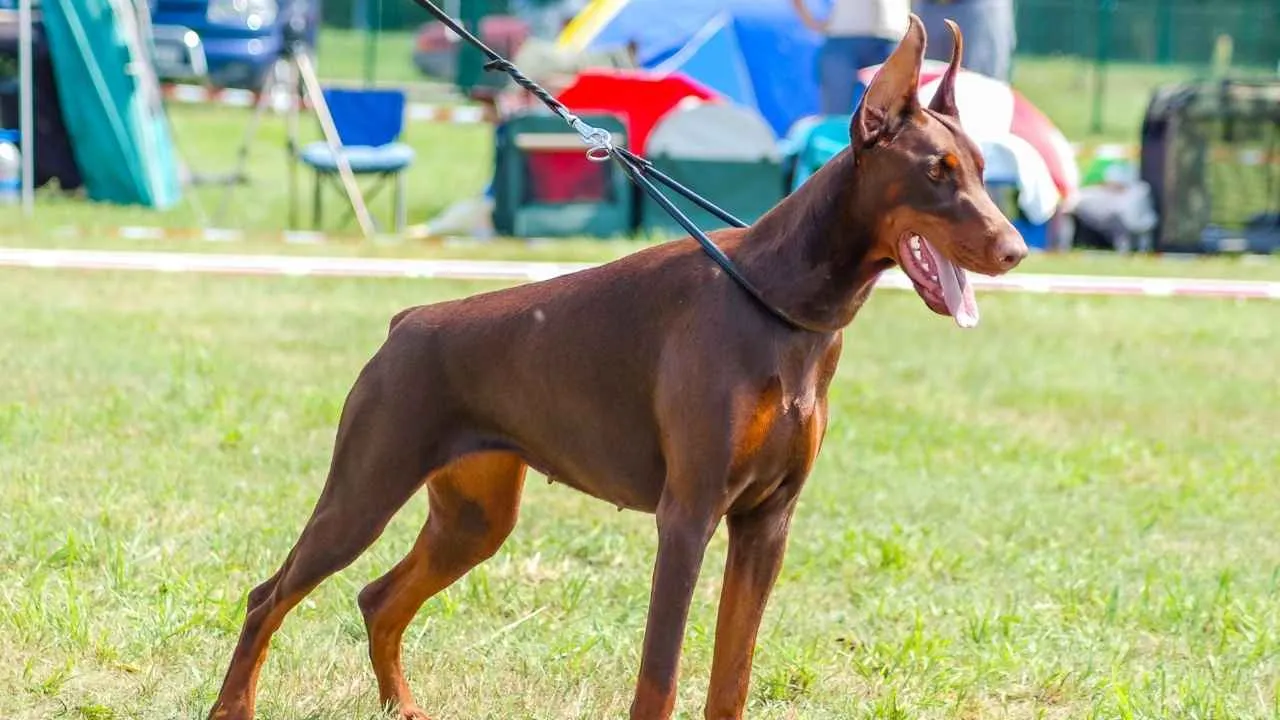
Originally bred in Germany as a guard dog, Doberman Pinschers possess innate protective instincts, making them vigilant guardians of spaces such as garages with open car doors. Their sleek appearance, muscular build, and sharp gaze serve as powerful deterrents to potential intruders. Dobermans swiftly assess unfamiliar sights or sounds, responding with controlled alertness.
Their highly intelligent and perceptive nature makes Dobermans exceptionally trainable. Consistent, positive reinforcement from puppyhood helps establish clear behavioral expectations, enabling them to protect effectively without aggression.
Dobermans have high energy levels requiring substantial daily exercise, such as running, obedience training, or interactive play sessions. Keeping them physically and mentally stimulated prevents boredom, which can otherwise lead to destructive or anxious behaviors.
Regular grooming is easy, as their short, sleek coats require only minimal brushing. Attention to nail care and routine ear checks helps maintain overall health, especially since their active lifestyles frequently involve diverse outdoor environments.
Dobermans typically form deep attachments to their families, often displaying sensitivity to their owners’ emotions. With early socialization, they confidently interact in various settings while reliably protecting their home environment, including vulnerable areas like open garages.
Quick tip
Regular obedience and agility training enhances their protective effectiveness.
Daily vigorous exercise is essential for their emotional balance.
Frequent nail trims and ear inspections prevent common health issues.
7. Rottweiler
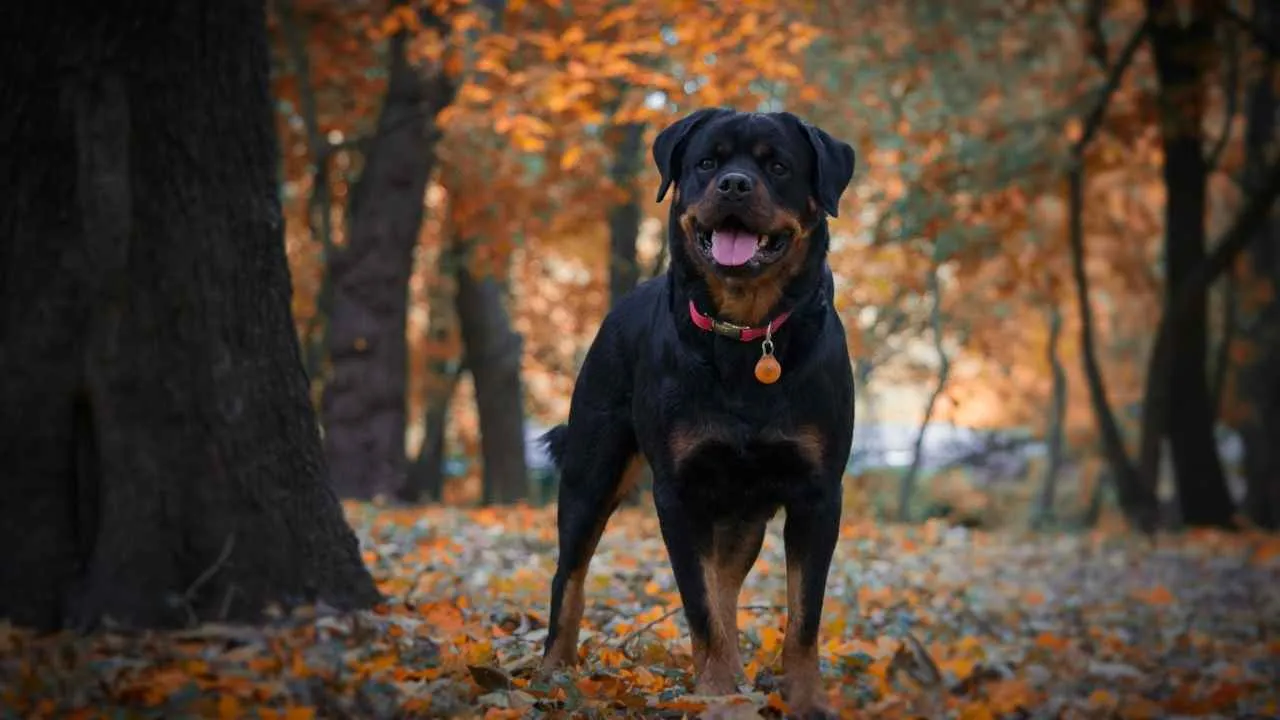
Rottweilers were historically bred as versatile working dogs in Germany, tasked initially with protecting livestock and property. Their powerful, confident presence naturally positions them as effective guards near open car doors or exposed garage areas, reliably monitoring activity and deterring intruders through sheer presence alone.
Despite their intimidating stature, Rottweilers display calm and self-assured temperaments when properly trained and socialized early in life. Structured training routines significantly improve their ability to discern normal activities from genuine threats.
Regular physical activity, such as daily walks, controlled running, or structured play sessions, ensures Rottweilers maintain optimal health. Exercise also mitigates anxiety or restlessness that can lead to unwanted behaviors such as excessive barking or territorial aggression.
Rottweilers have dense, short coats that require minimal grooming, needing only weekly brushing to maintain skin health and manage shedding. Regular checks for dental hygiene and paw condition are important due to their robust physical activities outdoors.
Highly loyal to their families, Rottweilers bond closely and typically remain cautious with unfamiliar individuals. Proper leadership and clear communication help these dogs use their protective instincts appropriately, enhancing their natural ability to safeguard valuable property and spaces effectively.
Quick tip
Establish clear and consistent leadership from puppyhood.
Provide regular, moderate exercise to maintain balanced behavior.
Conduct routine dental checks and paw inspections to support overall wellness.
Conclusion
Personal protection dogs embody qualities that have been carefully shaped by generations of purpose-driven breeding and training. Many dogs watch over the front door, the yard, and even the house itself, but certain breeds instinctively extend that vigilance to open car doors in garages. The vast majority of these dogs develop a sense of responsibility for every corner of their environment, adjusting from puppies to adulthood as they learn what to defend and how to respond.
Homeowners often rely on these animals as proof of security, trusting their ability to decide who belongs and who is a stranger. Some may bay or stand guard when they hear kids, cats, or other dogs outside, while others quietly position themselves between their family’s property and the outside world. Their behavior is born from natural instincts and reinforced through training, showing that even in modern settings, protective dogs still serve as an essential line of defense.
From the kennel to the garage wall, these dogs adapt, offering safety and presence where it’s needed most. Their qualities—courage, awareness, and loyalty—make them unmatched companions for people who hope for dependable guardianship. Through research, guidance, and patient training, these traits can be refined, ensuring pets remain steady protectors for years to come.


